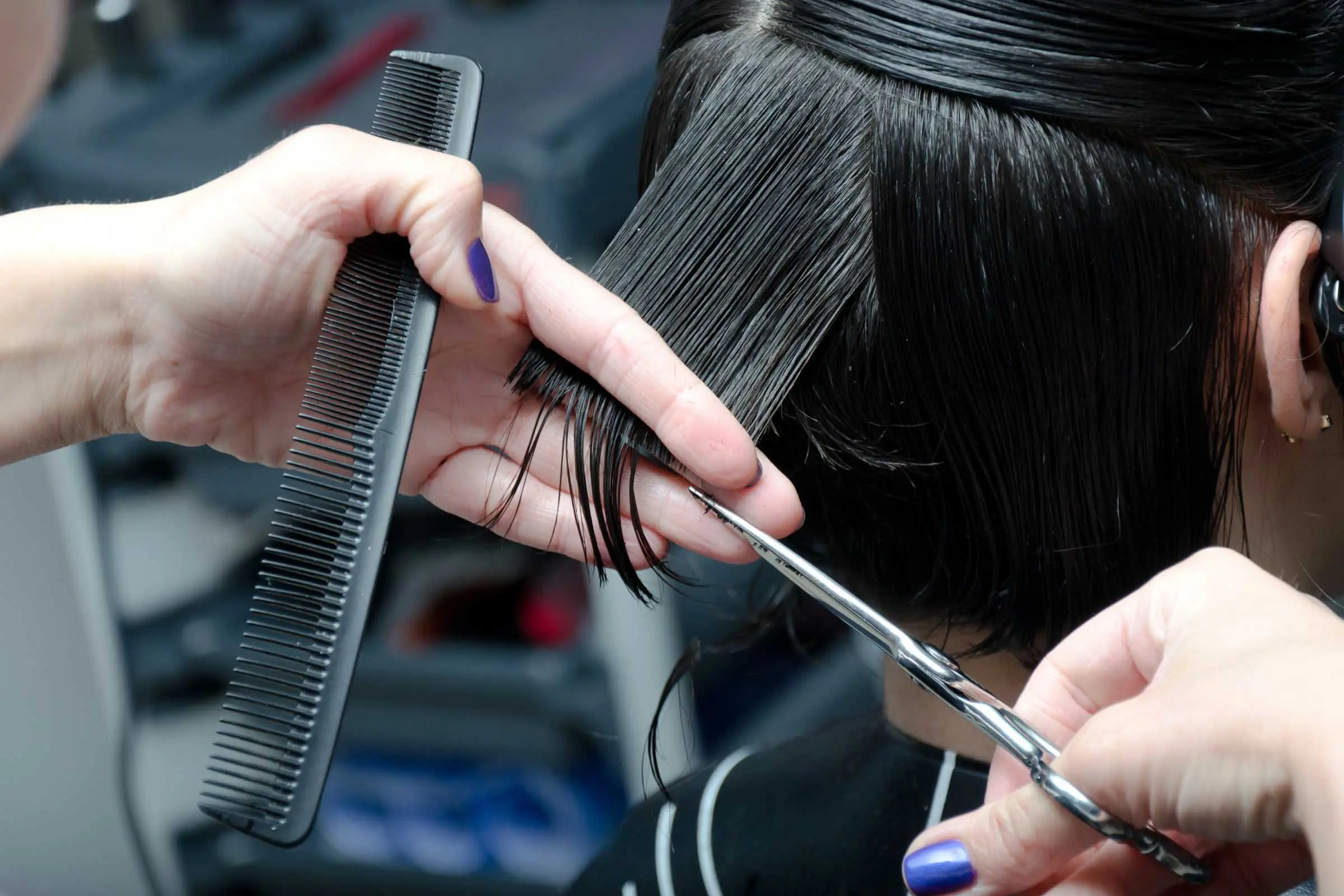What’s your hair texture and type?
Hair texture can be an ambiguous concept for some because many people think that hair texture is simply how their hair feels. Either hair feels dry or oily, perhaps your hair feels so good that you just want to run your fingers through constantly. The truth of the matter is that dry or oily is not really a hair texture, it is simply a way to describe that state of your hair. What is more significant than the state of your hair is what hair texture and hair type you have.
Basically there are three different types of hair textures and four different types of hair. Each hair type is classified into subcategories. When you fully understand hair types and hair textures, you’ll be able to determine what your hair is capable of naturally in terms of body or curls. It’ll also help you significantly with your hair maintenance and care.
Three Types of Hair Textures: Fine, Medium & Thick
There are broadly three types of hair textures that each have their own distinctive traits.
Hair Texture One: Fine Hair
Fine hair is fragile and may be difficult to keep in style, or can get oily easily. Too much product can add too much weight to fine hair, and due to its fragility the hair can break easily.
Hair Texture Two: Medium Hair
Medium hair is typically what most people have. It is thicker than fine hair, keeps hair styles better, and is significantly more resistant to breakage.
Hair Texture Three: Thick Hair
Thick hair feels and looks fuller, and holds styles extremely well. Thick hair can tolerate heat, products, and color well. It is less likely to break as compared to fine or medium hair. The downside is that thick hair takes longer to dry and can be prone to frizz in humid conditions.
So, What are the Different Hair Types?
Understanding your hair type is not always easy because there are several subcategories within the different types.
Hair Type One: Straight Hair
Type 1: Straight hair is a type of beautiful, flowing locks. A lack in curl causes oil to travel down the shaft more quickly than with curls giving it an oily shine but luckily this also makes straightenings easier! Type 1A hair is very straight and fine. Type 1B has a medium texture which gives it more volume but still remains pretty much as thin or thick as your average person would like it to be for their desired look. 1C category’s coarse nature makes styling difficult because these sections are prone not only towards tangles after use (which can lead you into panic mode) but also less durability than other types when pressured by hairspray/hair product misuse during times that require extra wetness – think humid weather without climate control.
Hair Type Two: Wavy Hair
Type 2 hair is the most common type, with more curls than some and less than others. It can be thick or thin depending on your natural wave pattern but it normally has s-shaped waves that are easy to style into an elegant look. Type 2A consists of wavy strands that don’t frizz easily; while 2B stands for “medium” thicknesses – these hairs will get just a little bit stickier when wet compared to types 2C’s coarser feel against your scalp (which means they need extra attention during styling).
Hair Type Three: Curly Hair
Type 3 hair is definitely curly. These types of curls go straight when the hair is wet and then bounce back into beautiful, springy ringlets as they dry. It’s easy to style- just use your fingers or a comb! Type 3A is shiny with defined curl patterns that can give volume at times– perfect for those days where you want more than just natural beauty—and type B has tighter coils which often frizzes easily but still looks great because this texture also tends not to hold onto product quite so well either way. Some lists over hair types often skip type 3C hair, but it is hair with very tight curls or kinks.
Hair Type Four: Kinky Hair
Type 4 hair is very curly or kinky hair. It’s often coarse, but also very fragile and prone to damage if not cared for properly. Healthy type 4A should have some shine with well-defined curl patterns; however those with 4B textures are softer than 4A counterparts due their tighter coils which may make them harder without any other signs that they’re unhealthy (like dryness). Type 4C has such super tight waves/coils it can be difficult sometimes figuring out what “type” one actually falls under!
Do you know what type of hair you have?
With fine, straight, curly or kinky hair, there are different ways to care for your hair. And the best way to find out is just by answering questions like these: Do your strands feel fine and silky, do they wave when wet and snap back into place when dry? What about frizz – does it come with humidity?
We all know that hair can be a sensitive topic. That is why we are here to help you figure out what kind of hair you have, and then give advice on how to care for it. Everyone has a different hair type, and it’s important to find yours. Once you know what your hair is like on the inside, you’ll be able to maintain it better on the outside.
It’s not always easy to tell what type of hair you have, but it is super important that you find out. If your hair is fine, then you need to be using products that will give it some weight and volume. Straight-haired people should use a serum or a cream because these products will help smooth down the locks. Curly haired people should use a product with lots of moisture in them so they can tame the frizz!
If you’re like us, you spend a lot of time researching your hair type and texture. Want to know if our natural hair is curly or straight? What about the thickness or volume? Is it fine, thick, wavy, curly or coiled? And what’s the best way to care for it – deep conditioner vs. leave-in conditioner vs. moisturizer? Sometimes we find ourselves wondering which celebrity has our exact hairstyle! We all want healthy and beautiful locks but where do we start with figuring out what that means for us individually? That’s why we’ve written this blog post on how to figure out your hair type and texture so you can focus on getting yours looking its best!
If you’re not sure what type of hair care is best for your needs, schedule an appointment to find out.
A Vision of Modern Luxury
Experience The Difference
Our Latest Blog Posts
The Ultimate Guide to Color Correction in Hair Care
Color correction in hair care is truly transformative. If you've ever left the salon dissatisfied with your new hair color or experienced a botched at-home dye job, color correction is your go-to solution. It's more than just fixing a color mishap; it's about...
How to Maintain Your Bleach and Tone
Bleach and tone is a hair coloring technique that lightens your natural color and then refines it to achieve the perfect shade. It's gaining popularity because it allows you to accomplish a full platinum transformation. The process begins with bleaching to strip away...
Why a Professional Haircut is Essential
Walking into a professional hair salon, you're not just getting a trim or a style change. You're stepping into a world where expertise meets creativity. Professional haircuts are all about knowing what works best for you. The stylists at Sunday Salon say it's more...




0 Comments